Advancements in Semiconductor Manufacturing: Pioneering the Future of Electronics
Written by - Ashwini H From Abhiyantha July 31, 2024 5 Minutes
Semiconductor manufacturing is the cornerstone of the modern digital world, driving innovation in devices, from smartphones to supercomputers. Over the years, the industry has seen remarkable advancements, improving performance and reducing costs. This blog delves into the key technological trends shaping the future of electronics.
1. Evolution of Lithography: From DUV to EUV
Lithography, the process of printing circuit patterns onto semiconductor wafers, has evolved significantly. Deep Ultraviolet (DUV) lithography, with wavelengths of 248 nm and 193 nm, has long been the industry standard. However, as feature sizes have shrunk, DUV's limitations have become apparent. Enter Extreme Ultraviolet (EUV) lithography, operating at 13.5 nm wavelengths. EUV allows for finer patterning, fewer steps, improved yield, and reduced costs making it ideal for nodes below 10 nm.
2. Transition to 3D Structures: FinFETs and GAA
Traditional planar transistors have reached their scaling limits, leading to the adoption of three-dimensional (3D) structures. FinFETs (Fin Field-Effect Transistors), introduced at the 22 nm node, use a 3D "fin" to improve channel control, reducing leakage and allowing higher drive currents. The next step, Gate-All-Around (GAA) transistors, further enhance control by surrounding the channel with the gate on all sides, expected to debut at the 3 nm node.
3. Advanced Packaging Technologies: Beyond Moore's Law
As scaling becomes challenging, advanced packaging technologies are crucial. System-inPackage (SiP) integrates multiple chips into one package, enhancing functionality and performance in a compact form. The chiplet approach uses interconnected smaller chips, offering flexibility and cost savings. 3D ICs, which stack silicon layers, significantly increase transistor density and performance, with Through-Silicon Vias (TSVs) reducing latency and power consumption.
4. Materials Innovation: Beyond Silicon
While silicon remains dominant, new materials are being explored for better performance. Silicon Carbide (SiC) and Gallium Nitride (GaN) excel in high-power and high-frequency applications, like electric vehicles and 5G. Meanwhile, graphene and 2D materials promise ultra-fast transistors and flexible electronics, thanks to their exceptional properties.
5. AI and Machine Learning in Manufacturing
AI and machine learning (ML) are revolutionising semiconductor manufacturing. They enhance process optimisation by analysing vast data sets, leading to higher yields and performance. AI-driven systems also improve defect detection at nanometer scales and enable predictive maintenance, reducing downtime.
6. Sustainability in Semiconductor Manufacturing
With growing environmental concerns, the industry is adopting sustainable practices. Efforts focus on energy-efficient technologies and materials to lower device energy consumption. Water and chemical management in fabs aims to reduce waste, while circular economy initiatives seek to extend product lifecycles through recycling and reuse.
The Future of Semiconductor Manufacturing
The advancements in semiconductor manufacturing are setting the stage for smaller, faster, and more efficient electronic devices. From cutting-edge lithography to new materials and AI integration, these innovations are shaping the future of technology. As the industry pushes boundaries, these developments will increasingly impact our daily lives, driving forward the digital world.
Share This Blogs
Featured Blogs

Top 10+ Most Asked VLSI Interview Questions with Answers by Industry Expert

The Ultimate Guide to Finding the Best VLSI Course in Bangalore
A Comprehensive Guide to Securing Your Dream Job in the Semiconductor Industry
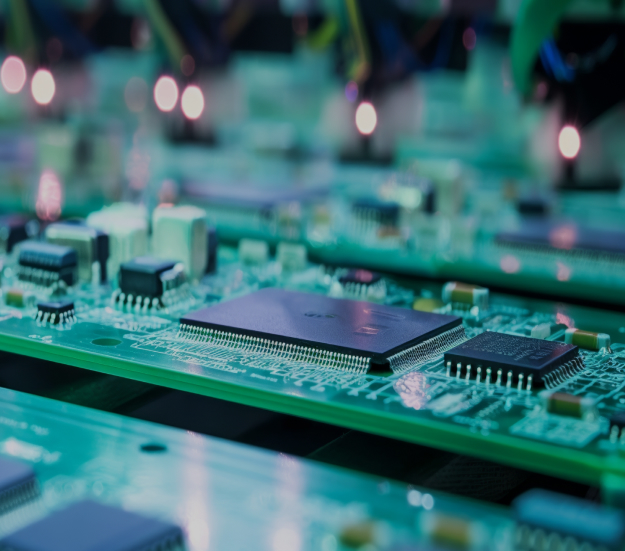
Advancements in Semiconductor Manufacturing: Pioneering the Future of Electronics
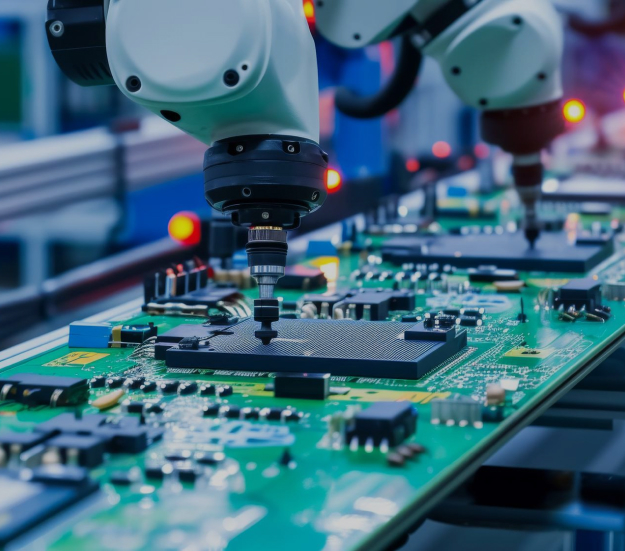
Embracing the Future: Advanced Node Technologies in VLSI Design
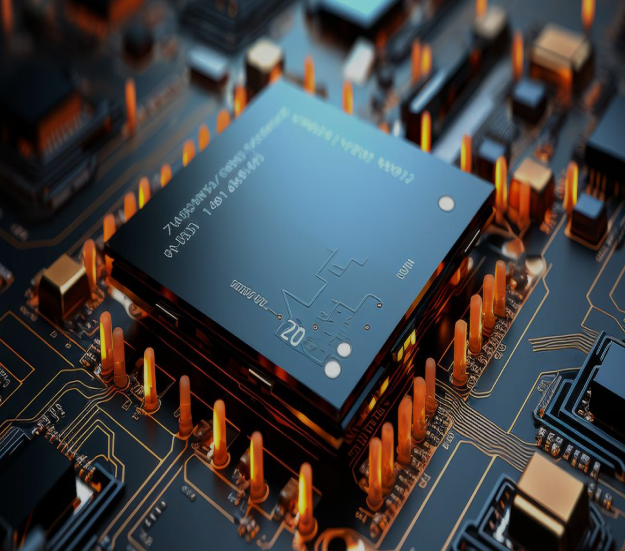
From Classrooms to Cleanrooms: Academia's Role in Shaping India’s Semiconductor Industry
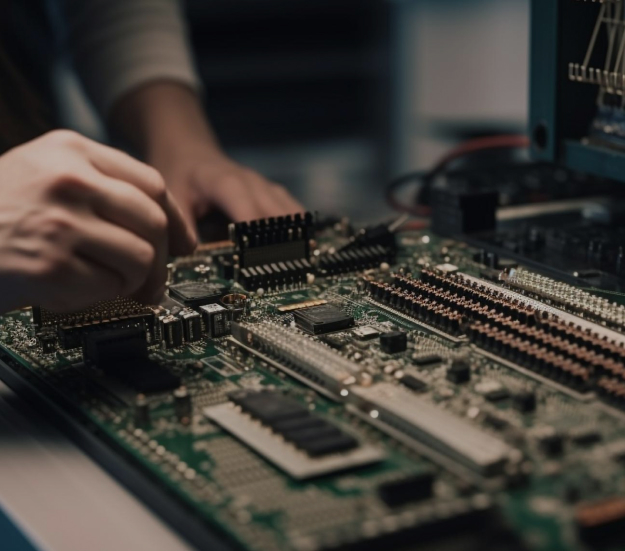
The Evolution of Integrated Circuits: A Journey of Innovation

How to Learn VLSI from Scratch

Will AI disrupt EDA? Let’s examine the future of semiconductor design with AI.
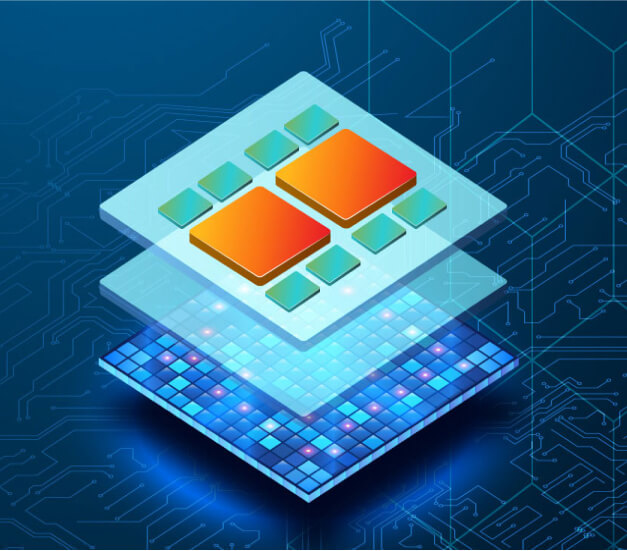
Breaking Boundaries with Chiplets: The Future of Advanced Packaging.
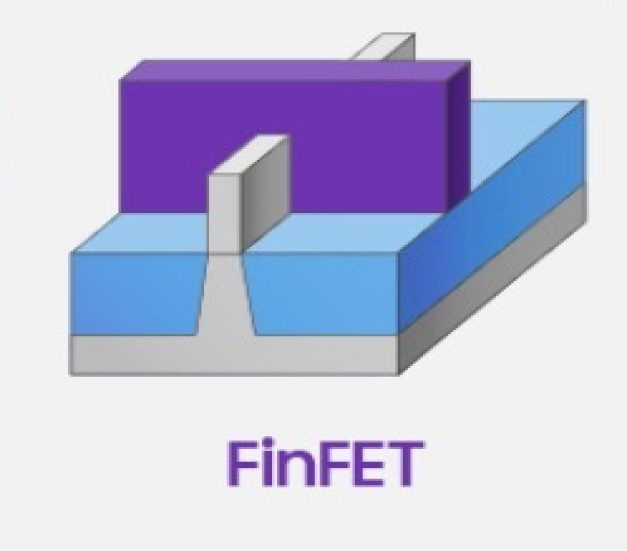
Understanding FinFET Technology: A Comprehensive Overview.

Moore’s Law vs. More than Moore: What’s Next for Semiconductor Scaling?

Common Challenges in Designing Low-Power VLSI Circuits